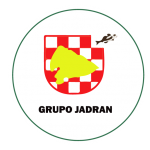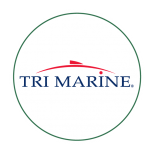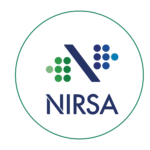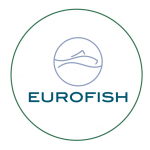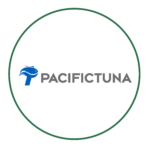Overview
Prospective FIPs intend to meet the requirements for active FIPs within one year. These projects are posted on FisheryProgress to help users identify opportunities to support developing FIPs and prevent the start of duplicate FIPs. Prospective FIPs are not yet demonstrating progress toward sustainability.
Southern Hake (Merluccius australis) is a demersal species that inhabits the southern-austral distribution in Chile (from latitude 47° 28´6” to latitude 57°). This species has been classified as overexploited and subject to overfishing since 2013. The annual global quota is divided into 60% for artisanal fishing (using longlines) and 40% for industrial fishing (trawl and longline). Access to new fishing agents is restricted, and there is a reproductive closure in August, along with restrictions on fishing gear.
In practice, due to quota transfer mechanisms, artisanal fishing is responsible for approximately 25% of the total catch.
The management of this fishery falls under the purview of the Undersecretariat of Fisheries and Aquaculture (SUBPESCA). They collaborate with the Scientific and Technical Committee for Demersal Resources in the Southern Austral Zone. Together, they define the fishery status, establish biological reference points, recommend the range for setting the global quota, design management measures, and create management plans.
Since 2014, the Southern Hake Management Committee has operated. Its primary role is to serve as an advisory and consulting body for fisheries authorities. Additionally, the committee develops the corresponding fishery management plan. It includes representatives from the artisanal, industrial, and processing sectors, as well as government officials.
In 2023, approximately 17,800 tons of Southern Hake were landed. Among these, the Artisanal Fishermen Federation of Hualaihue captured around 1,900 tons, representing about 9% of the total landings and 33% of effective artisanal landings (excluding quota transfers from artisanal to industrial sectors).
The catches are made using midwater longlines in inland waters. Fishing trips typically last up to 2 days and occur on vessels with a maximum length of 12 meters.
The harvested fish are primarily destined for direct human consumption products in export markets. On average, around 10,000 tons of finished product are exported annually, valued at approximately $50 million. Spain is the main destination, accounting for 90% of exports, with roughly 30% in fresh chilled volume and the remaining 70% in frozen form.
Southern Hake (Merluccius australis) is a demersal species that inhabits the southern-austral distribution in Chile (from latitude 47° 28´6” to latitude 57°). This species has been classified as overexploited and subject to overfishing since 2013. The annual global quota is divided into 60% for artisanal fishing (using longlines) and 40% for industrial fishing (trawl and longline). Access to new fishing agents is restricted, and there is a reproductive closure in August, along with restrictions on fishing gear.
